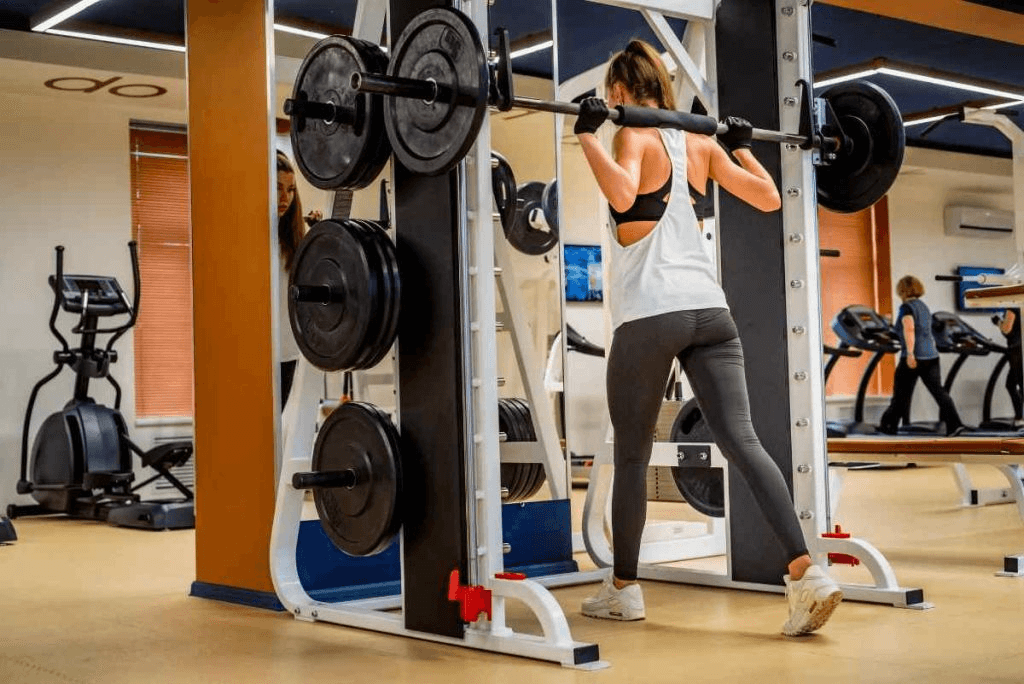In the realm of strength training, some exercises manage to bridge the gap between isolation and integration—targeting key muscle groups while reinforcing posture, control, and functional strength. The kneeling straight arm cable pullover, also referred to as the kneeling straight arm pulldown, is one such gem. Often overlooked in favor of more popular back movements like lat pulldowns or rows, this variation delivers precise lat activation, shoulder stability, and core engagement in a uniquely demanding way.
What Is the Kneeling Straight Arm Cable Pullover?
This exercise is a cable-based pullover variation performed from a kneeling position, which removes lower body momentum and demands greater control and tension. Using a straight bar or rope attachment, the movement involves pulling the arms downward in a sweeping arc, keeping them extended throughout the range of motion. The tension stays on the lats, triceps, and upper back—especially at the bottom of the pull.
Where the standing version might allow for compensations, the kneeling posture locks in better form and brings the deep core muscles into play. This makes it not just a lat-focused move, but a true full-body stability drill.
Benefits of the Kneeling Straight Arm Pullover
1. Superior Lat Activation
By maintaining straight arms throughout the motion, this pullover variant places continuous tension on the latissimus dorsi. It simulates the finishing portion of a pull-up or swim stroke, reinforcing the mind-muscle connection and developing width and detail in the back.
2. Improved Core Stability
Kneeling removes the ability to cheat with the hips or legs, demanding more from your core. You’re forced to stabilize the spine in a neutral position as the arms move independently. Over time, this strengthens deep core stabilizers and helps transfer strength to more complex movements like deadlifts or squats.
3. Shoulder-Friendly Isolation
Unlike pullovers with free weights, the cable setup offers smooth resistance and a safer arc of motion. This is a great alternative for those with shoulder sensitivity, as long as the elbows stay slightly unlocked and the range is controlled.
How to Perform the Exercise Correctly
-
Setup
Attach a straight bar or rope to a high pulley. Kneel a few feet back from the cable machine, knees hip-width apart, and maintain a tall posture. -
Grip and Position
Grab the handle with both hands, arms extended in front of you. Keep a slight bend in the elbows and engage your core. -
The Pull
Slowly pull the cable down in an arc toward your thighs, keeping your arms straight and shoulders locked down. Don’t let your ribs flare or your back arch. -
Pause and Return
At the bottom, pause briefly to squeeze the lats. Then return under control to the starting position, resisting the pull of the cable.
Common Mistakes to Avoid
-
Bending the arms too much — This turns it into a triceps movement and reduces lat tension.
-
Using momentum — Rushing the motion defeats the purpose. Controlled movement is key.
-
Arching the back — Keep your ribcage down and abs tight throughout.
-
Overloading weight — If you can’t control the arc or feel your lats, drop the weight and refine the form.
Personal Insight: When I First Added It to My Program
I first discovered the kneeling straight arm pullover during a shoulder rehab phase. Traditional rowing and pull-up work had to take a backseat due to joint irritation, and my coach suggested this movement as a safer alternative to keep my back engaged. Within a few sessions, I noticed not just improved lat engagement, but also a surprising amount of core soreness—something I didn’t expect from a back exercise.
It became a staple in my warm-ups and hypertrophy blocks, especially on days when I wanted isolation without compressive loading. To this day, it's one of the few movements where I can truly feel my lats doing the work, without interference from biceps or traps.
Final Thoughts
The kneeling straight arm cable pullover isn’t flashy, but it’s highly effective. Whether you're chasing wider lats, improving core stability, or searching for a low-impact way to train your upper body, this exercise deserves a place in your routine. When done correctly, it offers a rare blend of isolation and control that pays off in strength, aesthetics, and functional movement quality.











































Leave a comment
This site is protected by hCaptcha and the hCaptcha Privacy Policy and Terms of Service apply.